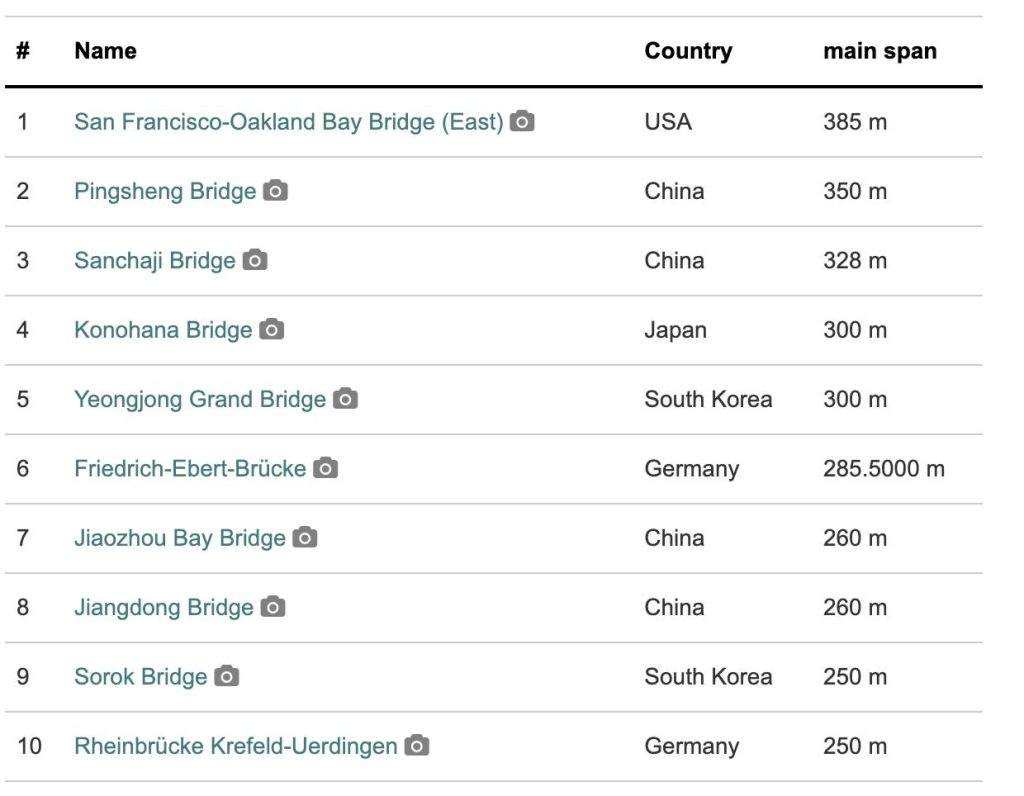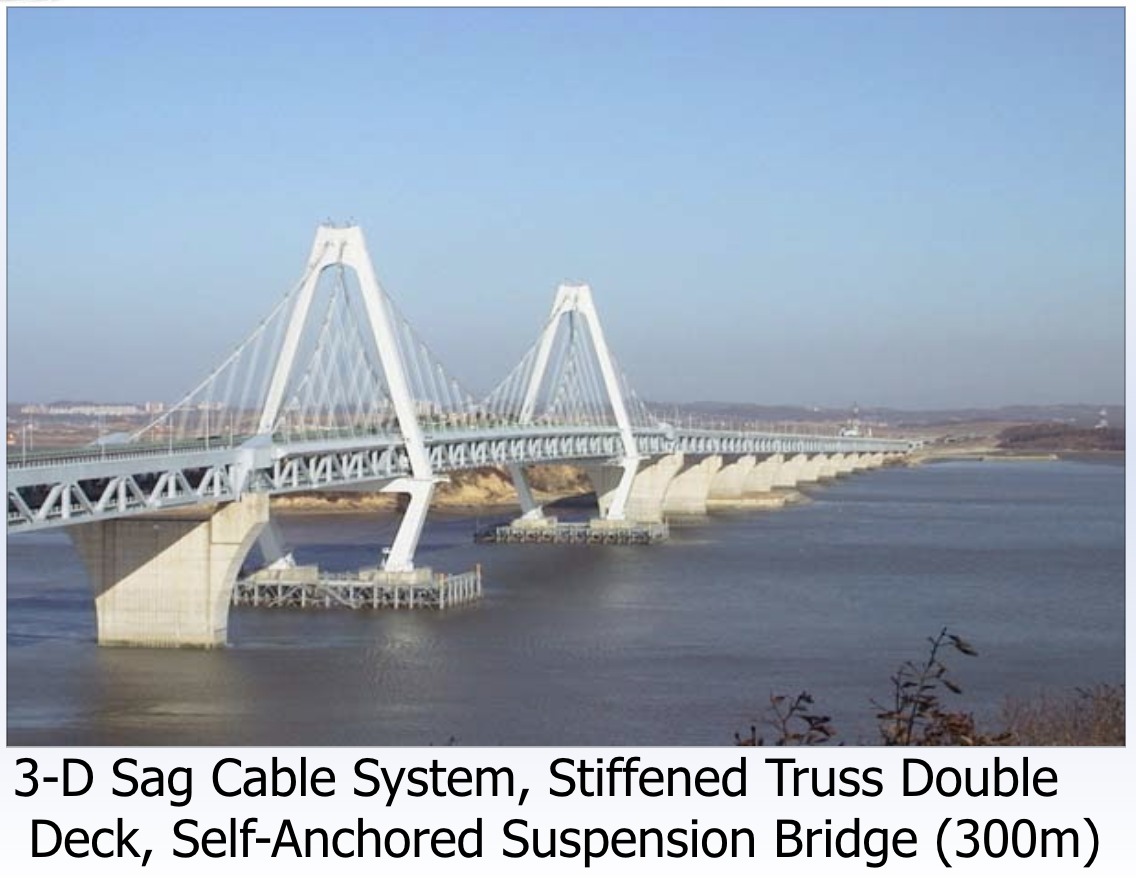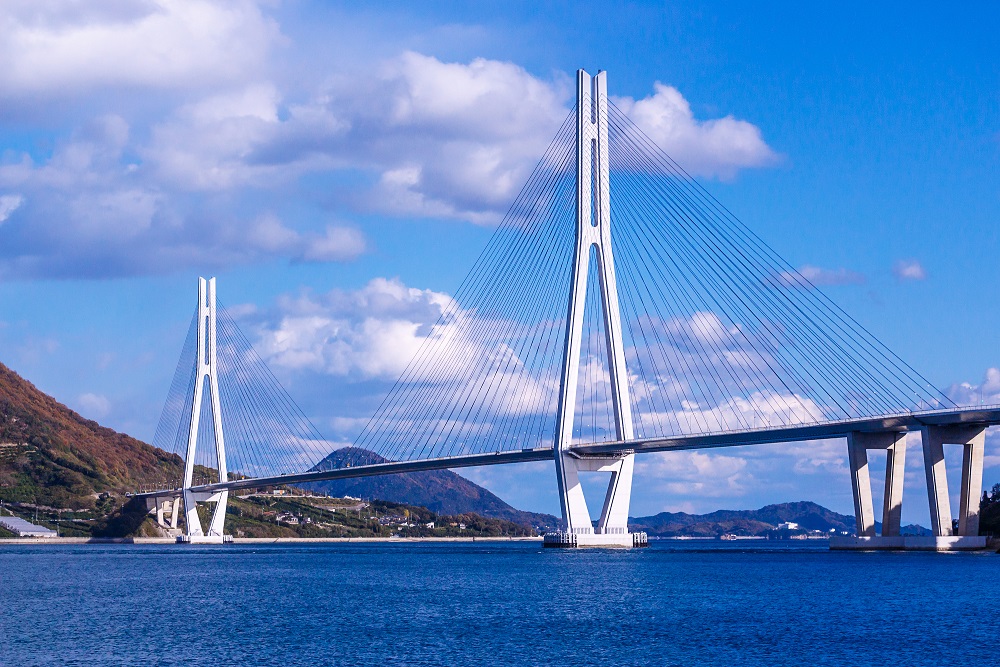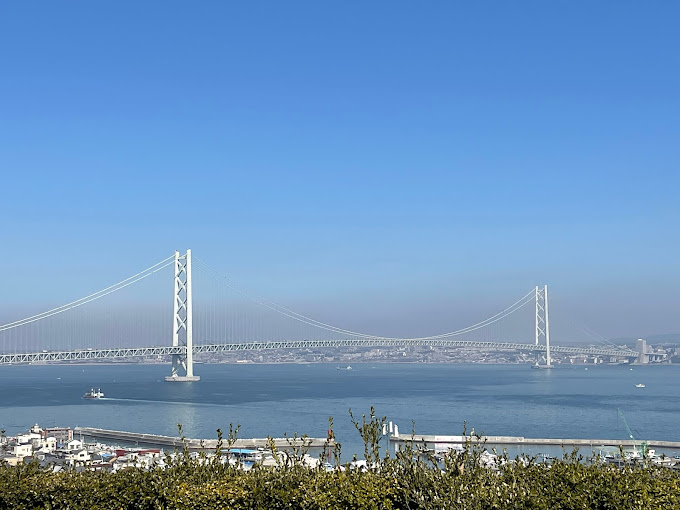Self-anchored suspension bridges originated in the mid-19th century, with a description published by Austrian engineer Josef Langer in 1859 and U.S. Patent No. 71,955 by American engineer Charles Bender in 1867. This design was initially used in a few locations on the Rhine, and in the first half of the 20th century, it began to be adopted in several places at German crossroads.[1]
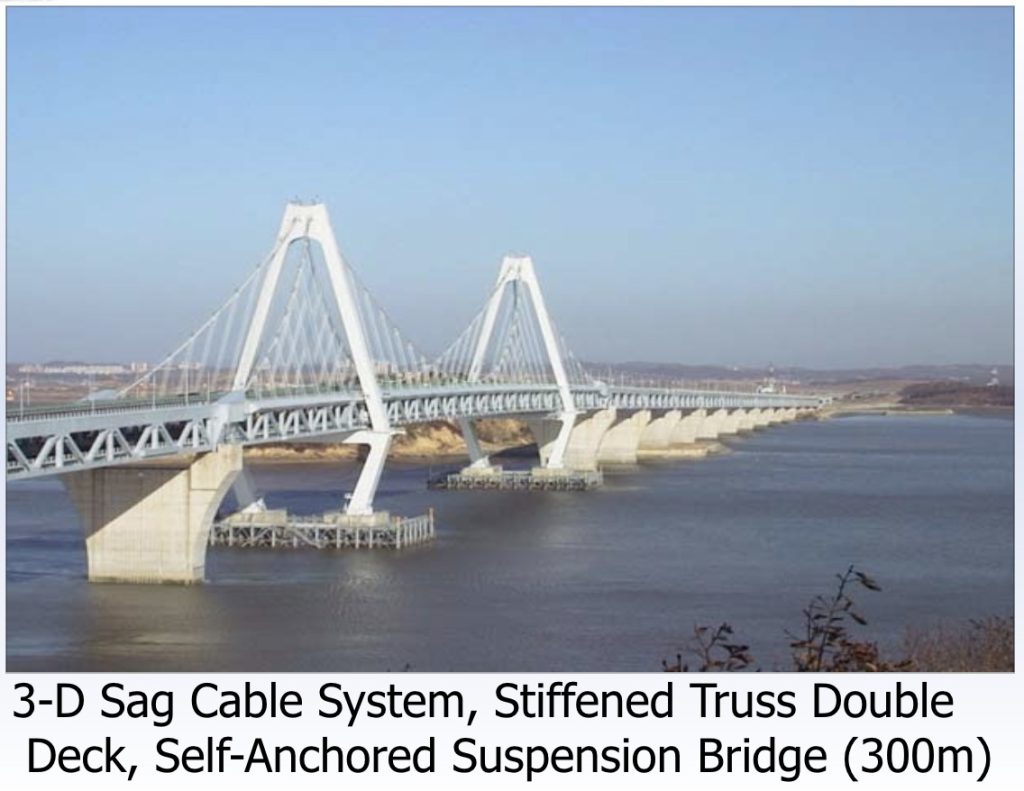
The first large self-anchored suspension bridge was constructed in Germany in 1915. Notable modern examples include the Yeongjong Bridge in South Korea and the Konohana Bridge in Japan, both of which have a main span of 300m.[2] A self-anchored suspension bridge is a type of suspension bridge designed such that the main cables are attached to the edge of the deck rather than to the ground or via large anchors. This design is particularly suitable for construction on elevated piers and in areas of unstable soil where it is difficult to build anchors. The load path of a self-anchored suspension bridge converts vertical loads into tension in the main cables, which are counteracted by the compressive forces of the towers and decks. The system balances forces internally with no external fixation requirements, making it suitable for locations where large horizontal forces are difficult to fix. This is similar to the method used in tied arch bridges, where compression of the arch members is balanced by tension on the deck.
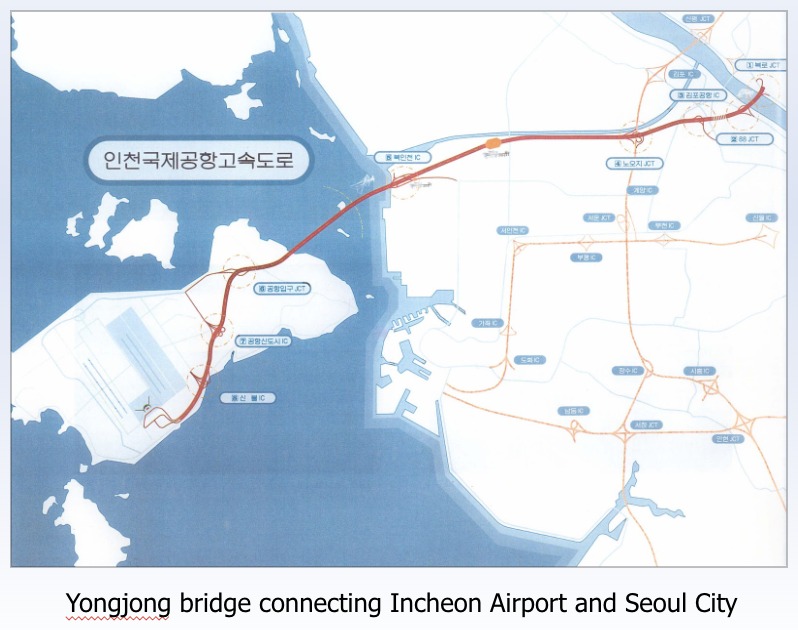
The advantage of self-anchored suspension bridges compared to traditional suspension bridges is that they do not require extensive anchoring. The main cable is fixed at each end of the reinforcement girder to support the horizontal tension of the cable. However, this design has the disadvantage of complicating the erection procedure as it requires reinforcing girders to be placed in front of the main cables. Additionally, the analysis of self-anchored bridges should include the effects of large axial forces on girders and decks. Special care must be taken in the design and maintenance of such bridges, as reduced redundancy reduces safety in the event of g#load_transfer
